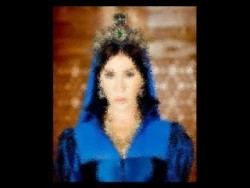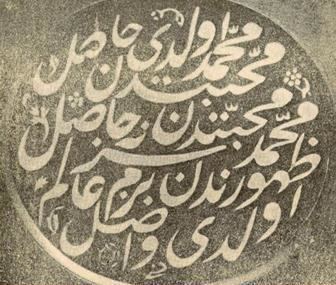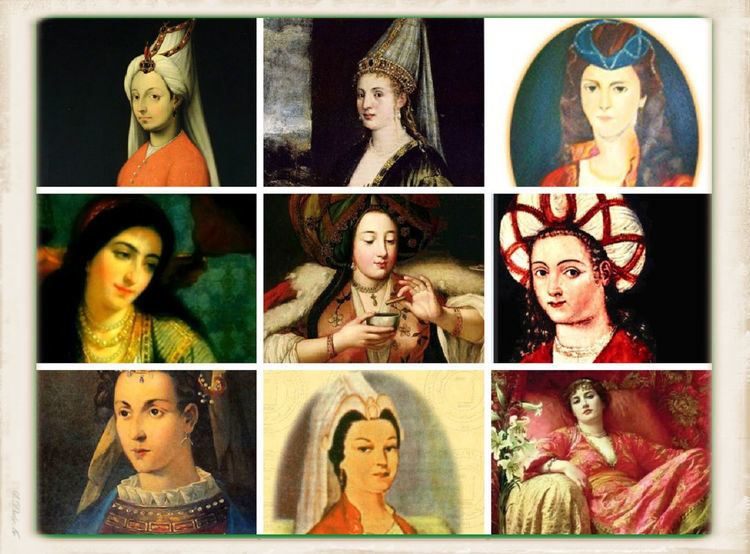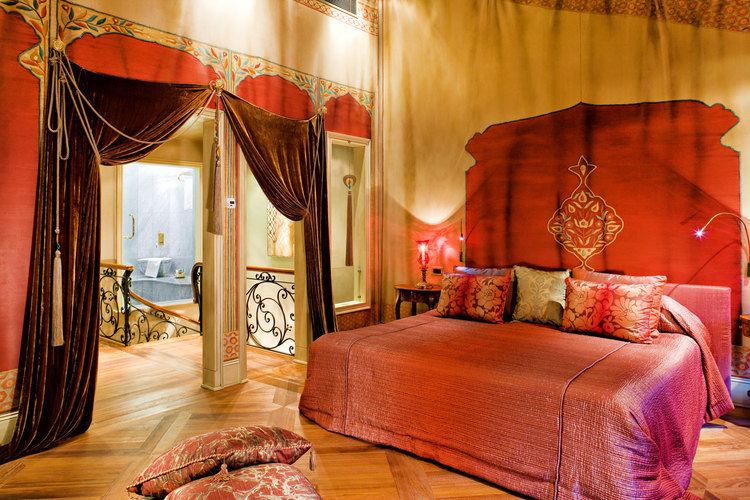Predecessor Naksidil Sultan Name Bezmialem Sultan | Tenure 1832 – 1 July 1839 Tenure 1822 – 1832 Children Abdulmecid I | |
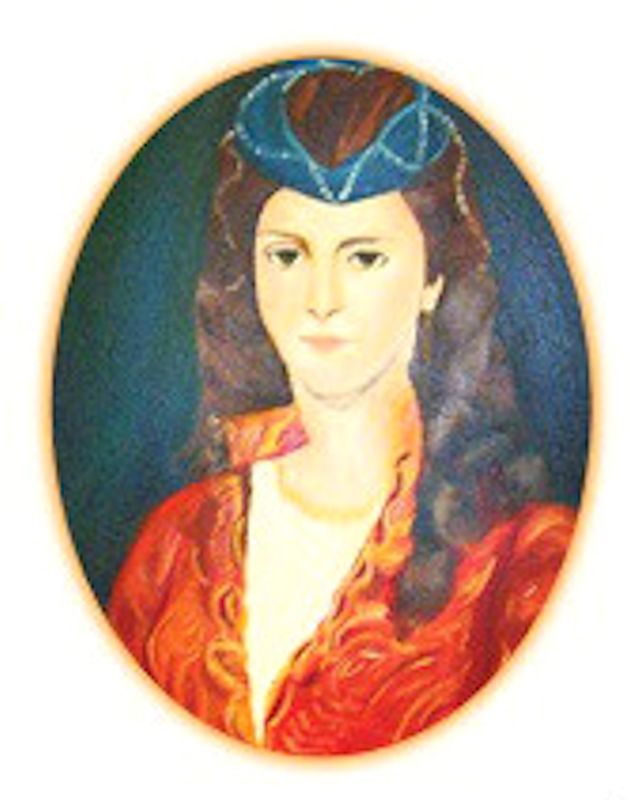 | ||
Tenure 2 July 1839 – 2 May 1853 Grandchildren Abdul Hamid II, Mehmed VI, Murad V Great grandchildren Prince Sabahaddin, Ayse Sultan Similar People Abdulmecid I, Mahmud II, Pertevniyal Sultan, Sevkefza Sultan, Adile Sultan | ||
Who is bezmi lem sultan
Bezmiâlem Sultan (fully Devletlu İsmetlu Bezmiâlem Valide Sultan Aliyyetü'ş-Şân Hazretleri; 1807 – 2 May 1853) (Bezm-î Âlem or Bazim-î Âlam, meaning "feast of the world") was the second wife of Ottoman Sultan Mahmut II, and the mother of Sultan Abdülmecit I of the Ottoman Empire.
Contents
МАХМУД II \Безмиалем Султан \BEZMIALEM sultan\ ВЕЛИКОДУШНАЯ ВАЛИДЕ СУЛТАН\\Абдул Меджид
Origin
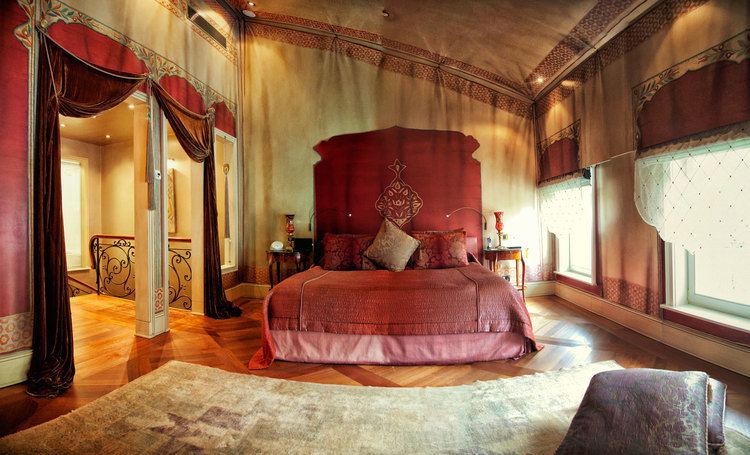
Majority of sources note that she was a Georgian whose birthname was unknown. She was educated by Esma Sultan, a sister of Mahmut II.
Life
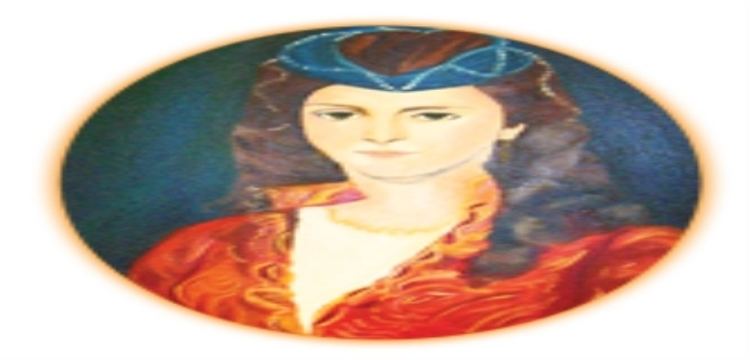
She is said to have been buxom and a bath attendant before entering the imperial harem. She had a beautiful face and extraordinary white and beautiful hands. She was married to Sultan Mahmud II in 1822. As mother of Sultan Abdülmecit I, she was Valide Sultan from 1839 to 1853. One source says Mahmud II died of alcoholism, rather than tuberculosis, and she is reported to have convinced Abdülmecit I to destroy his father's wine cellars. She was thirty one and was still young enough to despise and mistrust the elder non statesman who had made himeself minister. She advised her son to allow Hüsrev to incur the odium of seeking terms from M. Ali but urged him to resist the Grand Vizier's attempts to advance his nominees to important offices of the state. Abdülmecit duly played for time, awaiting Reşit's return from England before taking any major decisions on policy. His mother had given sound counsel. So shrewd was her judgement of men and their motives that the Valide Sultan continued to influence the choice of ministers until shortly before her death fourteen years later. Bezmialem also recommended Reşit to Abdülmecit because she believed he understood what Mahmut had been seeking to achieve in his reform programme.
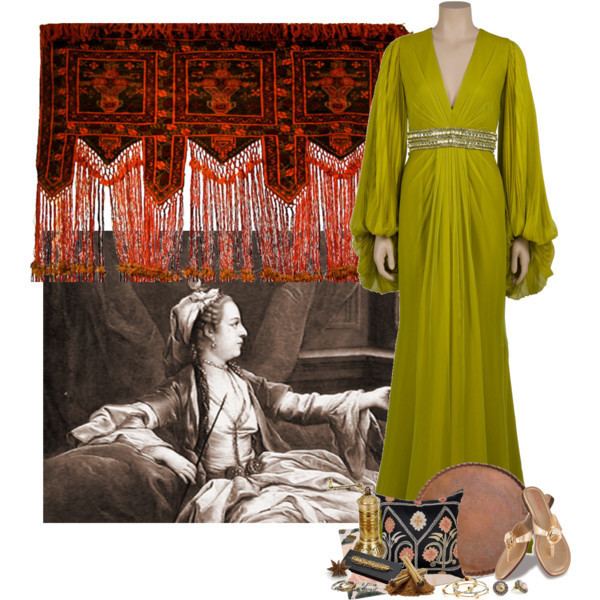
She was popular and respected as Valide Sultan and she also exerted political influence. It is noted that her son and his ministers consulted her on the affairs of state. Like other influential Ottoman women, she was a patron of arts and architecture. Amongst notable structures she commissioned are Kasr-i Dilküşa (Dilküşa Summer Palace) at the Yıldız Palace complex, Bezm-î-Âlem Valide Sultan Fountain, and Dolmabahçe Mosque in Istanbul. Her burial place is located at Divanyolu Street inside the tomb of Mahmut II in Istanbul.
